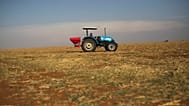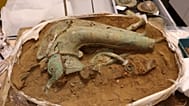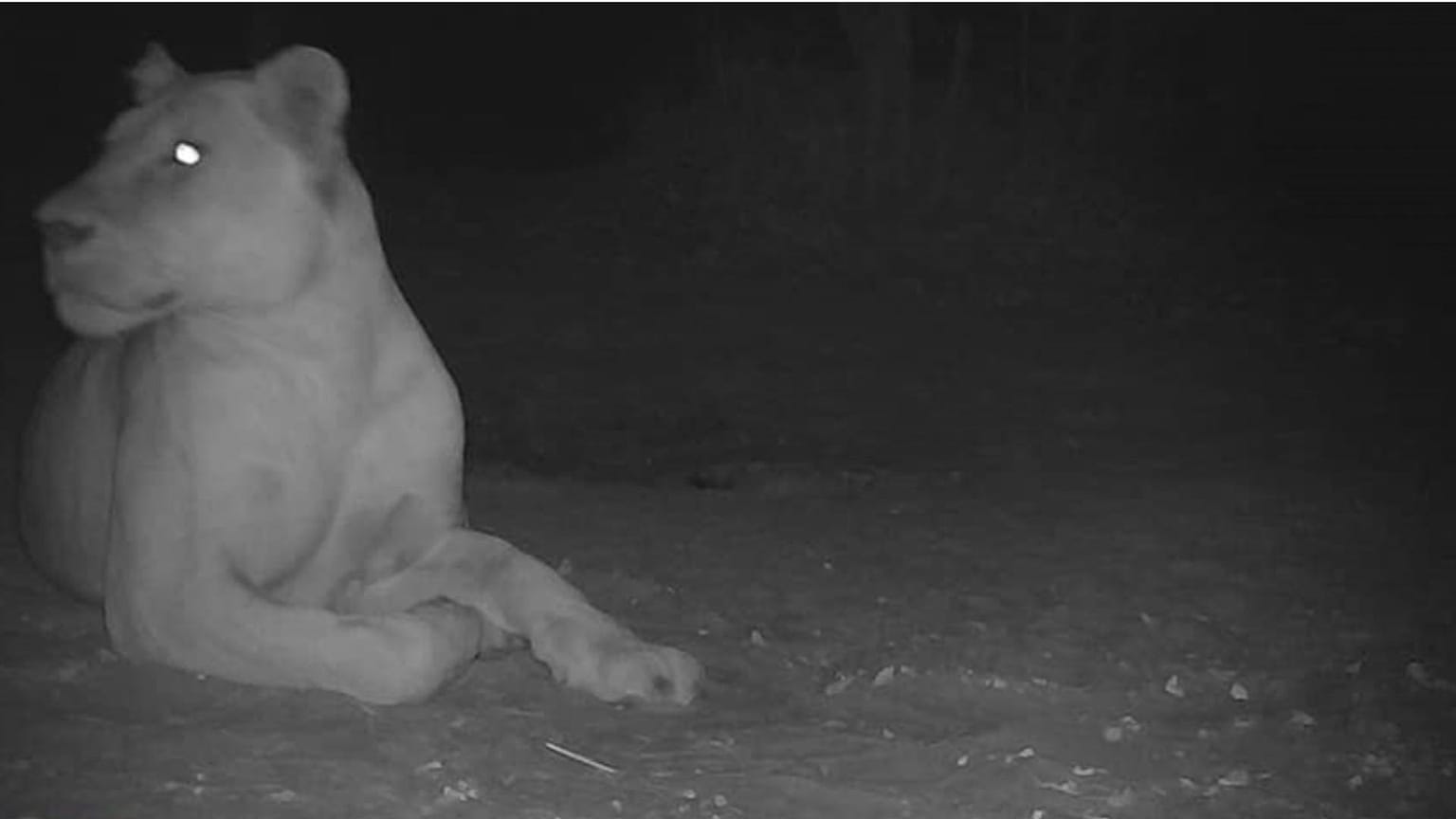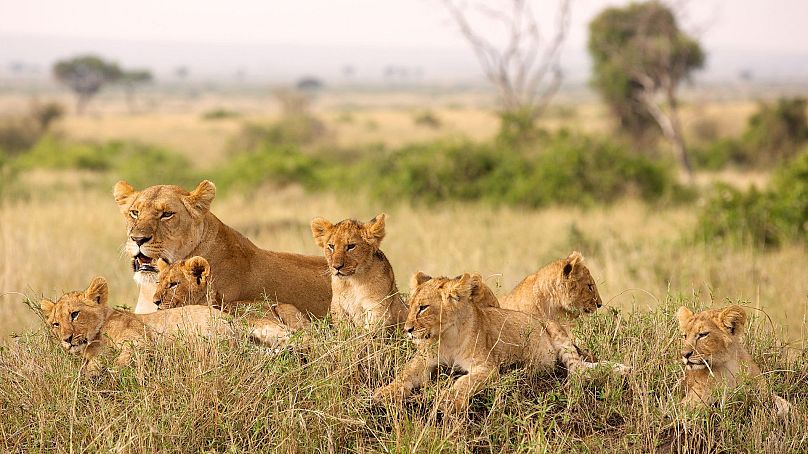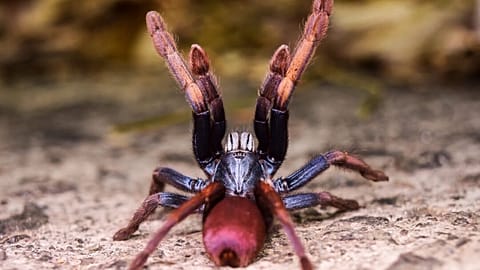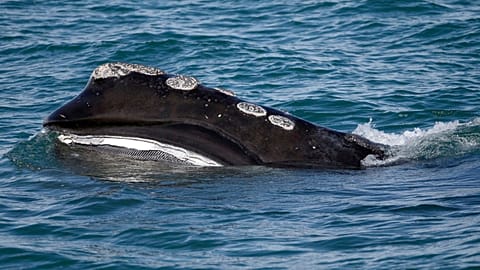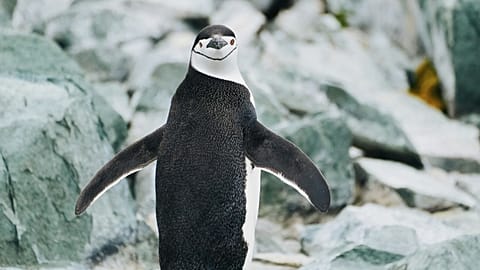For 20 years, researchers thought lions were locally extinct in this national park. New footage proves them wrong.
A lion has been spotted in a Chad’s Sena Oura National Park - the first sighting in almost 20 years.
Researchers previously believed the animals to be extinct in the area, which is close to Chad’s border with Cameroon.
But a remote camera trap has captured footage of “a beautiful lioness, in her prime, and clearly in great health,” a jubilant team of researchers has revealed.
The sighting - the first since 2004 - is an early sign that big cat populations in the area could be increasing.
What is the endangered status of lions in Chad?
Lions are classified as overall Vulnerable on the IUCN Red List. There are between 22,000 and 24,000 of the big cats left in the wild.
But populations in West and Central Africa are particularly small and fragmented. There are around 1,000 lions in the region, authorities estimate. They are genetically distinct from East and Southern African lion populations.
Intense poaching has decimated populations by around 66 per cent since the early 1990s. But the tide is turning in a more positive direction.
“[The Cameroon/ Chad border region] saw a period of ruthless, organised poaching more than a decade ago, but has since benefited from a very strong commitment to conservation by the governments of both Cameroon and Chad,” the Wildlife Conservation Society said in a news release.
“This has produced better protection of the national parks, and wildlife populations are now starting to recover.”
Lions play an important role in maintaining the balance of local ecosystems. They are apex predators, sitting at the top of the food chain and regulating populations of their prey, which in turns reduces grazing pressure on vegetation and keeps habitats healthy.
Could there be more lions in the Sena Oura National Park?
The lioness might be part of a larger pride, said Dr Luke Hunter, WCS Big Cat Programme executive director.
“This is hugely encouraging because prime females are the foundation of any lion population, and they are not big wanderers: they inhabit areas that have prey and are safe to raise their cubs in,” he told the BBC.
"I am sure she is not alone.”

